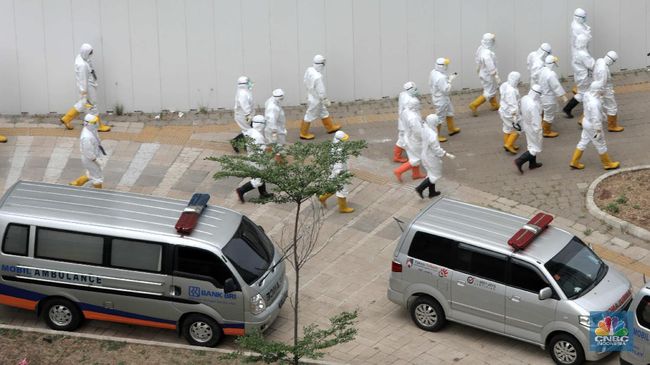The quality of the oil and its timely replacement is an important condition for the smooth functioning of an automatic transmission. This is exactly the case when prevention is better, and most importantly, cheaper than treatment. After all, the automatic transmission itself is an expensive unit to repair. In addition, most modern machines use unattended “automatic machines”. In them, it is simply technically impossible to change a separate component, and in the event of any breakdowns, you have to change the entire assembly. And this is a very costly event.
For “age” cars, it is recommended to change the oil in automatic transmissions every 30-40 thousand kilometers.
On such machines, serviced boxes are most often installed, which can be disassembled into parts, look inside, assess the condition of the valve body, solenoids, and change the filter. If we are talking about modern cars with automatic “boxes”, and they are mostly maintenance-free, then it is advisable to change the oil every 40-60 thousand km, especially if the car often has to move through traffic jams or drive off-road or in such conditions when Automatic transmission works in heavy duty.
There are two methods of changing the oil in automatic transmissions: partial replacement (“leaked-filled”) and hardware, which is carried out using special equipment. Which of these is the best way? There is no definite answer to this question, since each of these methods must be applied in certain cases. We will talk about this.
The hardware replacement method is that with the help of special equipment, the old oil in the automatic transmission is completely replaced with a new one. In order to fill the unit with new oil, it is necessary to remove the old oil from there under pressure. With a partial replacement, the process itself takes longer. First, you need to drain at least some of the old oil from the automatic transmission and accurately control how much oil was removed in order to add new oil in the same amount. After that, you need to drive about 500-1000 km by car, and then repeat the procedure with draining and refilling. Just at the stage of the second top-up in collapsible automatic boxes, you can replace the filter, as well as assess the condition of the valve body, if necessary, clean it and also clean the solenoids.
Changing the oil in a serviced gearbox is slightly different from changing in a maintenance-free “automatic transmission”. The main rule for non-separable automatic transmissions sounds like: despite the fact that they are called maintenance-free, the oil in them must be changed.
So, on a run of 40-60 thousand km, you can make a hardware replacement. And repeat it with the same regularity. The fact is that the more carefully the car owner monitors the quality of the oil in the non-separable automatic transmission, the less additional risks of wear it has. But since it is visually impossible to control the condition of the oil in non-separable boxes, the way out is just to change it more often. And this guarantees that there will always be clean oil in the unit, which means that the filter will not lose its operational properties, and the gearbox itself will function properly. Otherwise, if you do not adhere to the recommendations for the service interval, the filter will become clogged with dirt that accumulates in the oil, quickly fails, stops filtering, after which the number of problems in the box will increase dramatically.
In the case of serviced automatic transmissions, the replacement interval can be slightly increased. So, for example, change to 50-60 thousand kilometers. And at the same time, you can choose both a partial replacement method and a hardware one. Serviced automatic transmissions, as we have already said, make it possible to change the filter together with the oil change, as well as clean the sump. Therefore, even if it turns out that the oil in the box has worn out and the filter is clogged, you can easily replace it and clean the other components of the assembly.
At long runs, that is, from 60 to 100 thousand km or more, when in any automatic transmission that has not been serviced before, the oil has already worn out, it must be replaced. In such a situation, hardware oil change in serviced boxes is partly still an acceptable option.
However, there is a risk that during active flushing of the system with the help of equipment, all accumulated dirt in it can clog the filter, contaminate the valve body, solenoids and the radiator. Yes, if this happens, then the situation, of course, can be corrected. You will have to disassemble the serviced box, remove dirt, and also replace the filter. But to save yourself the hassle, it’s best to use a partial replacement. In the case of maintenance-free boxes, it’s not even worth the risk, you need to replace it with a partial method. After all, if, due to the operation of the device in such a box, its internal components become clogged with dirt, it will not be possible to quickly disassemble and flush.
So, owners of cars with automatic transmissions should pay special attention to regular oil changes, both in serviced and unattended transmissions. However, if at low runs to change the oil, it is possible to use both the hardware method and the partial method without special risks for the car, then with a long service life of the car, it is recommended to replace it using a two-stage cream-filling.
– .


